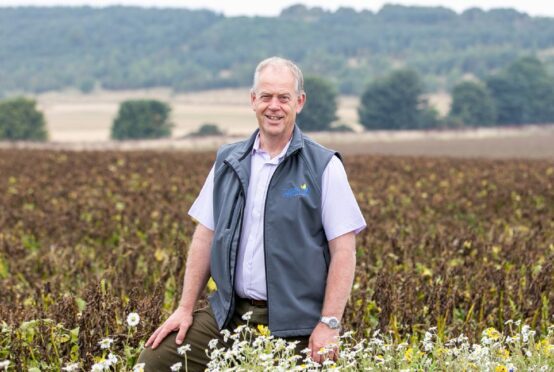Two local grower co-operatives have teamed up to investigate alternative cover crops and other means of reducing the viability of potato cyst nematode (PCN) in fields of tatties and daffodils.
Grampian Growers, which produces seed potatoes, exports 4,000 tonnes of daffodil bulbs and crops 60 million stems of flowers every year, is collaborating with Scottish Agronomy together with the James Hutton Institute, Harper Adams University and HL Hutchinson Ltd, on a three-year research project investigating sustainable ways to suppress pests and pathogens.
Narcissi are susceptible to nematodes which can stay in the soil, causing issues for following crops of cereals, oilseed rape and potatoes, and field experiments are now under way at Grampian Growers sites near Montrose.
Brassica biofumigants and nematode trap crops are being trialled to limit nematode multiplication and substantially reduce existing soil populations.
Scottish Agronomy’s senior agronomist, Eric Anderson, pointed out that plant-parasitic nematodes are microscopic and difficult to control because they live underground or inside of plants.
“Here in Scotland, we are seeing a rapid rise in land infected by plant-parasitic nematodes, posing a very real threat to growers,”
he said.
“Through this project we are looking for the most robust alternative solutions through integrated pest management (IPM) to secure the future of the bulb and potato-growing industry.”
Grampian Growers managing director Mark Clark said demand for nematode-free land for bulb and potato production for his members becomes higher and more difficult each year.
“We are excited to see this research get under way and to be working with such a strong representation from the industry,” he said.
“We look forward to seeing the results and how we can integrate different measures to strengthen the work we are doing.”

